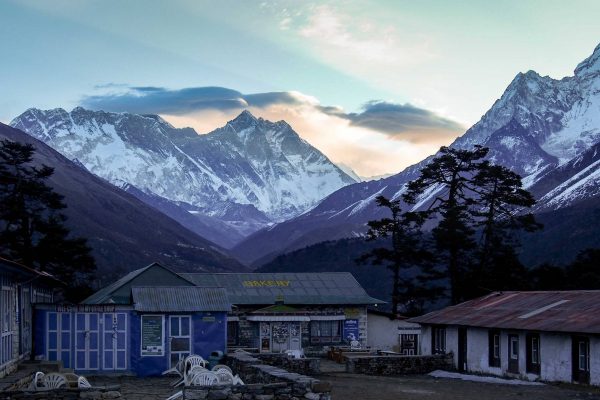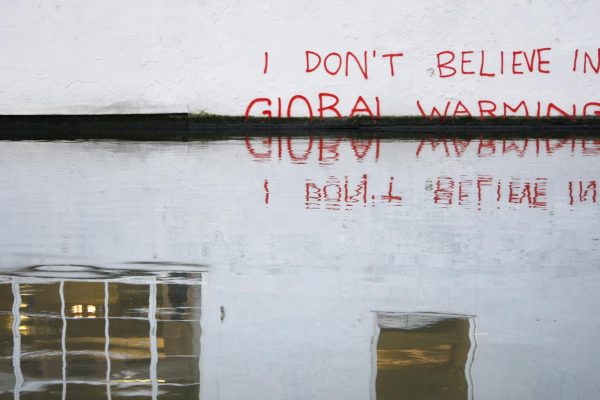It may come as a surprise to some, to know that humans still use animals to make a significant amount of the clothing we wear.
Think of your wardrobe and then consider the woolen jumper, that silk top, those leather boots or even the down winter jacket? All of these items are made from animals. But in an innovative and choice-driven world, alternative materials are popping up everywhere.
In the last few years, luxury designer brands such as Gucci and Burberry have moved away from the cruelty of selling fur items and promoting indistinguishable faux fur.
Image via Stella McCartney
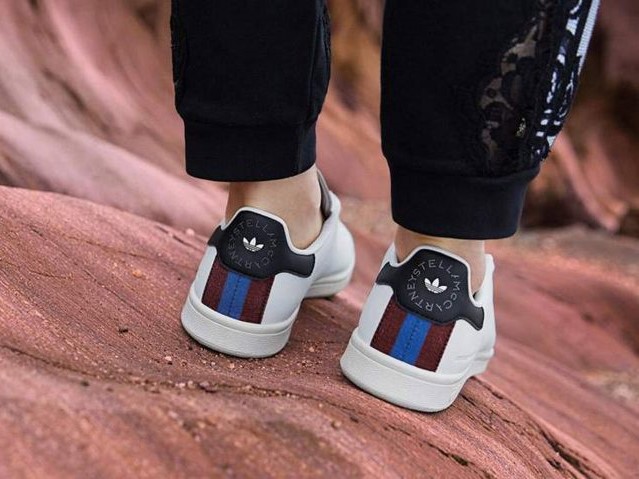
When it comes to leather, production is still very much in high demand, and there’s a lot of confusion between faux leathers and ‘ethically’ produced leathers. The Australian leather industry is worth around $700 million and uses around 8 million cattle, 24 million sheep, and 1.5 million kangaroos per year. Should we be wearing synthetic leathers made from petroleum? Is there another alternative? Can there ever be ethical leather? Let’s break it down.
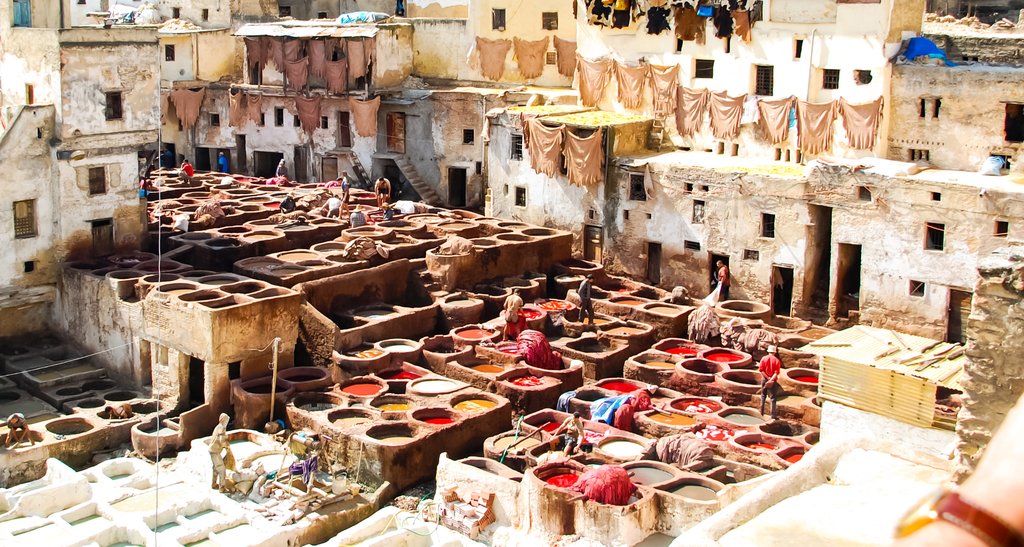
What is leather & how is it made?
Leather making is an ancient craft using natural material commonly made from cow-hide (skin). The process of making leather from animal skin is called tanning, using either natural (vegetables) or chemical dyes. Cows leather is commonly described as a byproduct from the meat and dairy industry. However, this doesn’t mean the animal is necessarily treated well.
There is a lot of ethical and environmental issues around leather making. Firstly, the use of billions of factory animals required to make the leather is environmentally damaging, and then there are accusations of severe animal cruelty in China (according to PETA there are no penalties for beating animals in China). Global leather production has complex supply chains to follow, and sometimes dog, cat, or even elephant leather is sold as cow.
‘Although the Australian government requires that hunters shoot the animals, orphaned joeys and wounded adults are, according to the government, to be decapitated or hit sharply on the head “to destroy the brain.” After learning about these cruel killing methods, soccer star David Beckham switched to shoes made from synthetic materials in 2006, and Adidas stopped using kangaroo skin for its shoes in 2012.’ – PETA, Leather: Animal Abused And Killed for Their Skins
In terms of the tanning process, it produces toxic pollutants which harm people and the planet. The tannery workers are exposed to a high amount of these toxic chemicals (formaldehyde, cyanide-based oils, chromium & tar), which are known to cause cancer and other serious diseases. The majority of leather is outsourced to developing countries, where we force these workers to breathe in carcinogenic chemicals to make a handbag. These chemicals also feed into the water, which damages marine life and the local people that drink and bathe in it.
Ok, so leather is bad – what about faux leather?
Like faux fur, faux leather has been having its moment in the spotlight for a while with ‘pleather’ alternatives. Faux leather is not only cheaper, but it’s also technically an ethical alternative to leather as no animal products are used.
Sadly, faux or ‘vegan’ leather can confuse consumers into thinking it’s environmentally-friendly and manufactured ethically when it comes to worker rights, when in fact most faux leather is definitely not. Generally, faux leather is made from plastic-based materials, using fossil fuels and lots of chemicals (again – not great for workers or the planet). The other issue is that synthetic leather won’t biodegrade and generally doesn’t last as long as animal leathers, meaning a higher turnover of plastic-based fashion.
Synthetic leathers are however evolving and designers like Stella McCartney are creating recycled polyester and low chemical faux leathers. There are also plant-based faux leathers arriving on the fashion scene, such as Piñatex (pineapple leather) or MycoWorks (mushroom mycelium). Here are some options for places to purchase products made from eco-friendly vegan leathers.
Images: Left, Altiir Pinatex leather jacket. Right, Stella McCartney vegan Falabella bag.
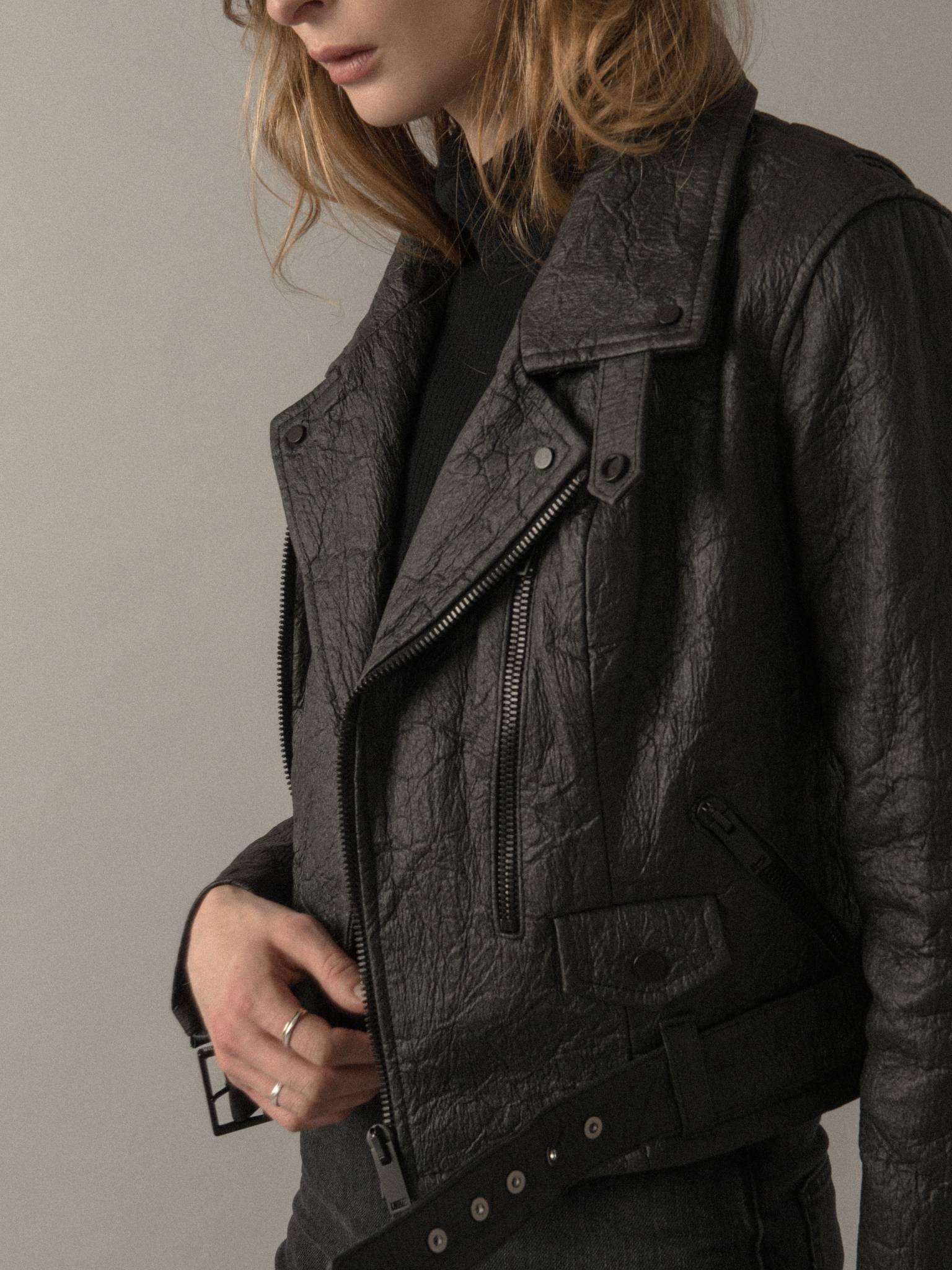
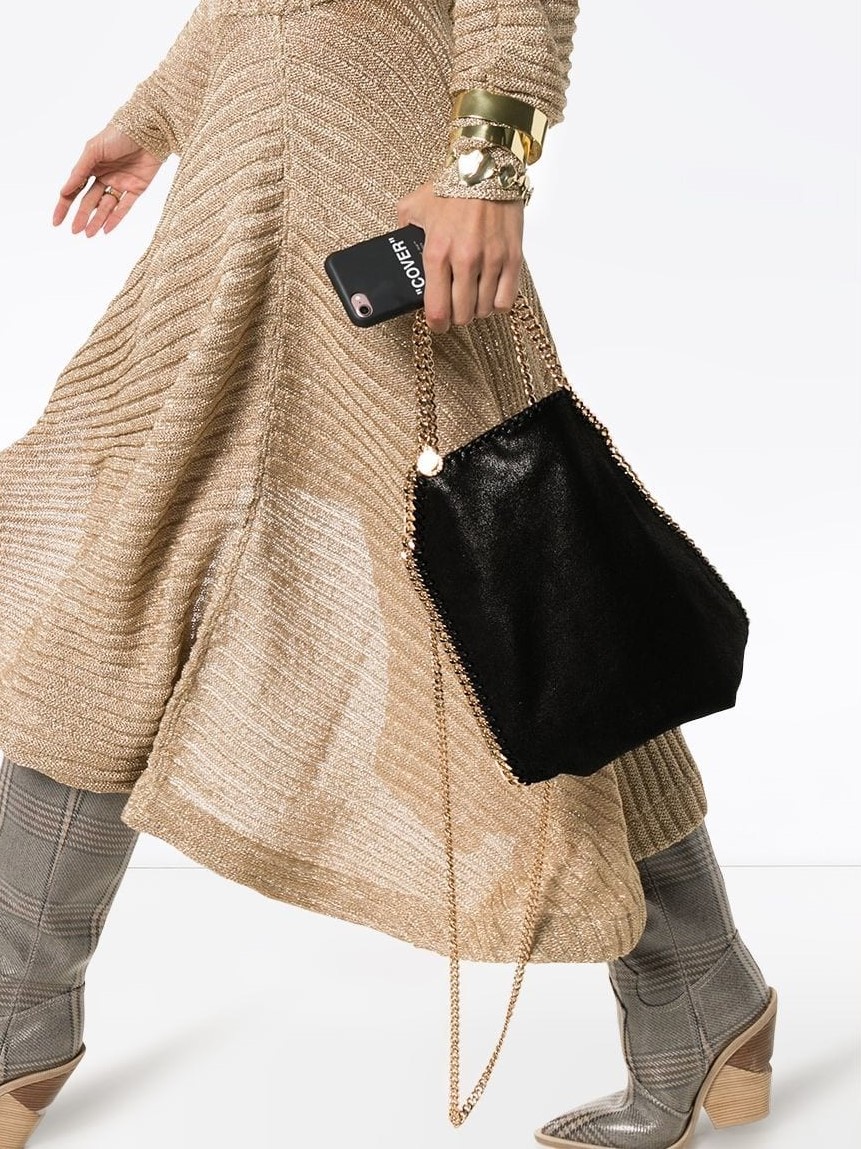
What about ‘ethical’ leather?
I’ve seen this word thrown around a lot recently on leather products- ‘ethical’ leather. The word ethical all depends on the consumer’s opinion, i.e., if eating or wearing animals is unethical or not? If wearing animals to you is fine, then the next stage is finding out how and where the leather is made. There are brands which use wild caught or more traditional production methods of leather from local sources. For example, leather produced in New Zealand has strict requirements on animal welfare.
So, what do I do?
Leather, like most animal products mass-produced overseas, is generally unethical and environmentally damaging. While faux leather is ethical in the way no animals are harmed, it’s also mainly made overseas, mostly in factories with no worker rights, and made from plastic-based materials and chemicals which end up in landfill. Look out for eco-friendly, ethically produced vegan leather, which over time will no doubt expand.
If you are after long-lasting animal leather – source it well and look for a fair-trade leather which is locally made and vegetable-tanned. There’s also an option to buy leather clothing second hand or vintage in op shops.
This fantastic chart by Sarah Spellings from The Cut is perfect for future decisions on leather.

